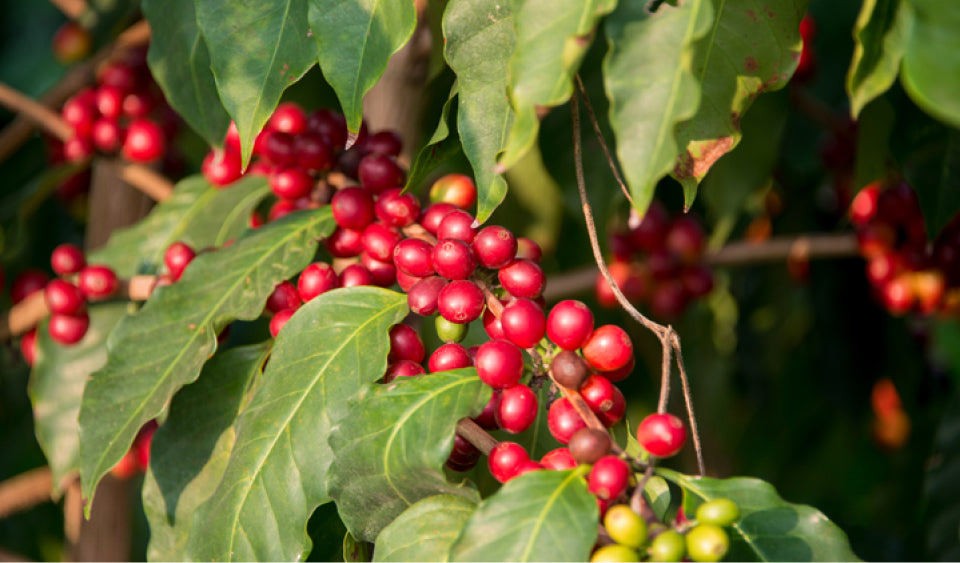

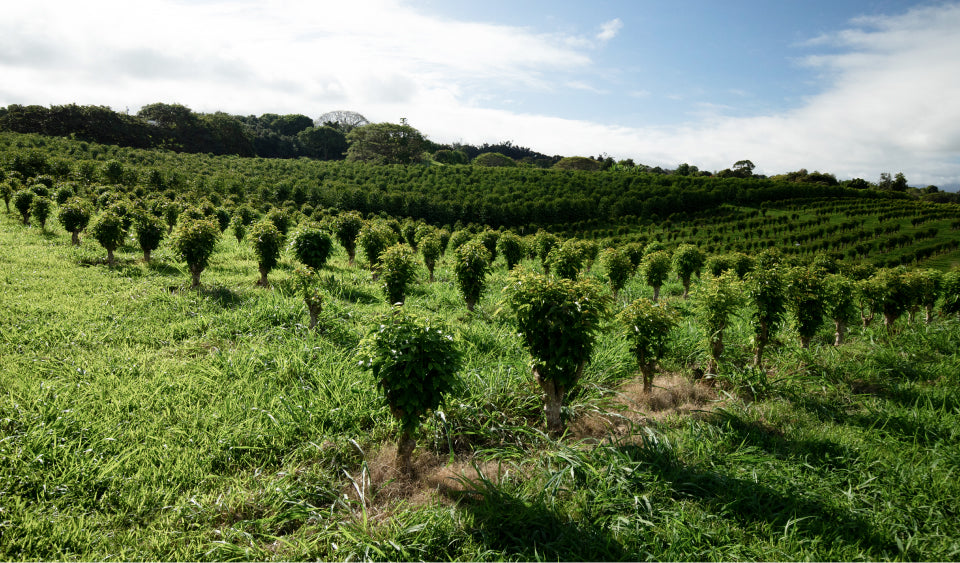

Kona Coffee grows in a recognized “terroir” on the west side of the Big Island of Hawaii. A “terroir” is a geographic location with a variety of environmental factors, such as rainfall, average temperature, mineral content in the soil, humidity and oxygen levels, that impart flavors and aromas to the fruit.
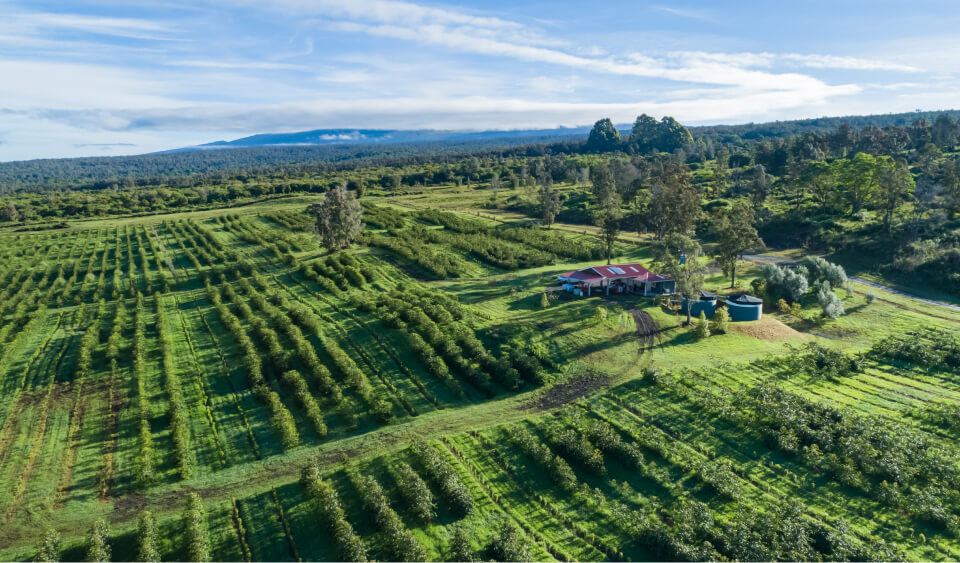
The Kona Coffee Belt
The “terroir” that Kona Coffee grows in is called the “Kona Coffee Belt” and it is roughly 35 miles long, a mile and a half wide, and has an elevation between 500 to 3,200 feet. Here you’ll find well-drained, slightly acidic volcanic soil. The climate that surrounds the Kona Coffee Belt includes seasonal, daytime-nighttime temperature shifts of no more than 30 degrees, rainfall of 70-plus inches, and micro factors that change the taste of the fruit on the tree. With these conditions, the result of coffee grown in the Kona Coffee Belt is a light, fruity and naturally sweet coffee.
If coffee beans are grown within the Kona Coffee Belt and meet certain grading requirements, they can be sold as Kona Coffee. If coffee beans do not meet these guidelines, they absolutely may not be sold as 100% Kona Coffee.
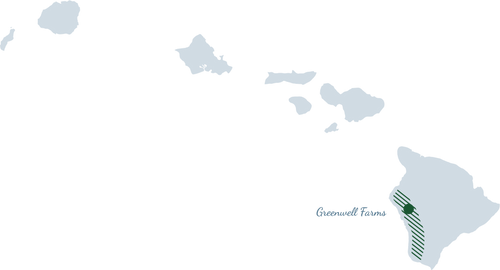




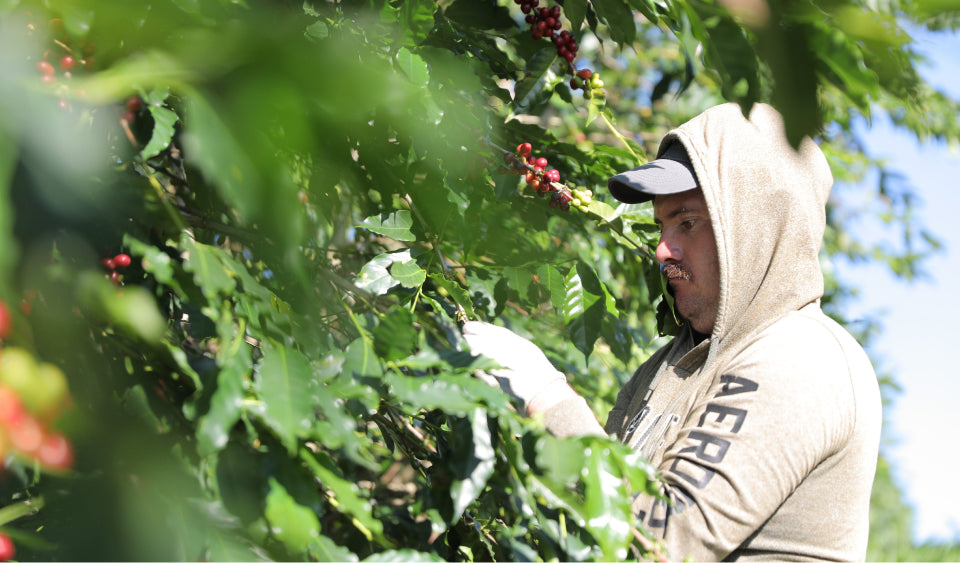

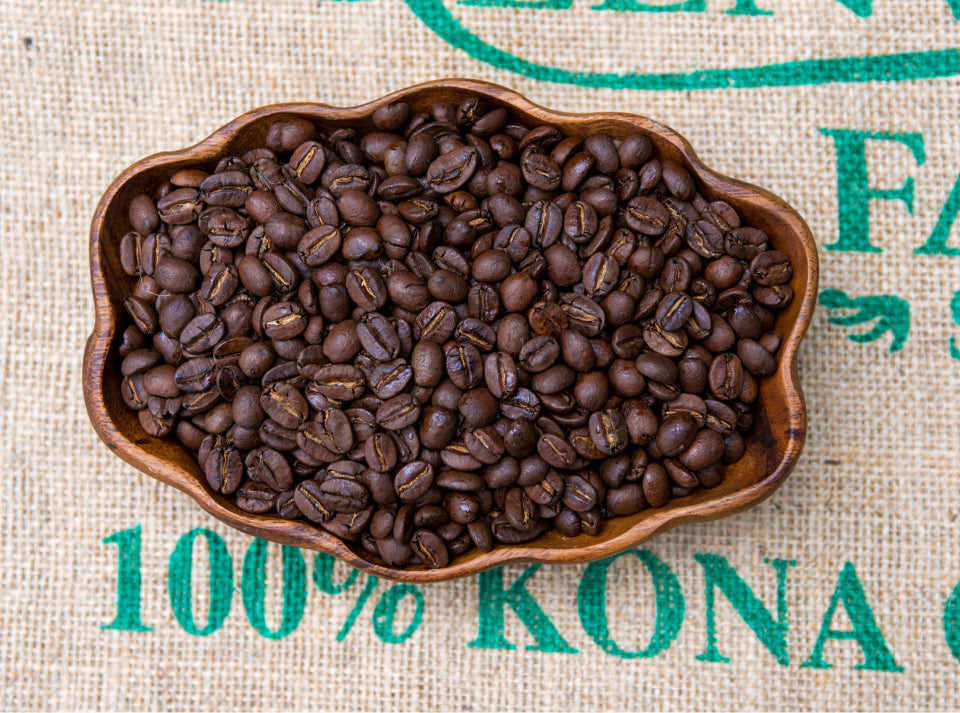

In 1824 Kamehameha II went on a diplomatic mission with his wife Queen Kamamalu. On this mission was the then governor of Oahu, Chief Boki (born Kamāʻuleʻule). Sadly, Kamehameha II and his wife contracted measles which prematurely ended their lives. Chief Boki and his wife returned to Hawaii aboard the HMS Blonde, Captained by Admiral Lord Byron as they transported the bodies of the deceased royals back home.
On the return journey, the HMS Blonde made port in Rio de Janeiro, Brazil where Chief Boki acquired a couple of Arabica Coffee trees. He had enjoyed coffee in England and imagined great potential for coffee to be grown in Hawaii. These trees were planted on Boki’s land in the Manoa Valley of Oahu. There, the first coffee orchard in Hawaii was established.
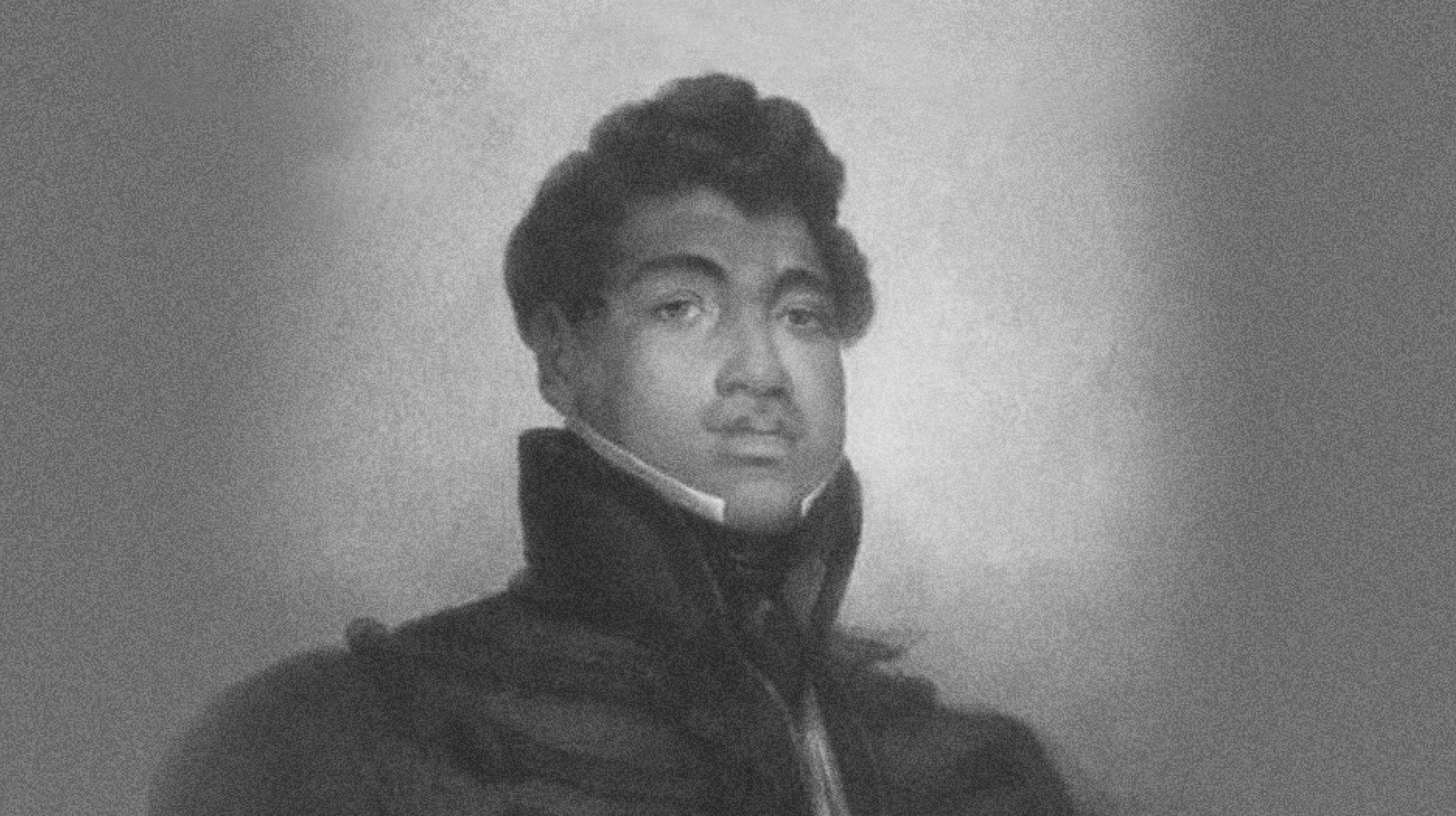
Every Hawaiian Island grows coffee now. In the last 30 years growers in regions state-wide have put great effort into amending soil, introducing compatible varieties and adjusting farming techniques to allow their trees to thrive. This rise in quality state-wide is a positive thing, even for Kona Coffee farmers as it has brought more awareness to the coffee industry in Hawaii and requires the industry to be better.
If you ever hear the term “Hawaiian Coffee” as opposed to “Kona Coffee,” think about it like this. Coffee that grows within the designated Kona Coffee Belt can be called Kona Coffee. Coffee that grows in Hawaii, but outside of the Kona Coffee Belt is generally referred to as Hawaiian Coffee. Quality varies greatly and no two regions are exactly the same. So go out and explore! Try this and try that. Order a Maui, Kauai and Kona and try them side by side. You will be amazed at the subtle differences between each Hawaiian origin.
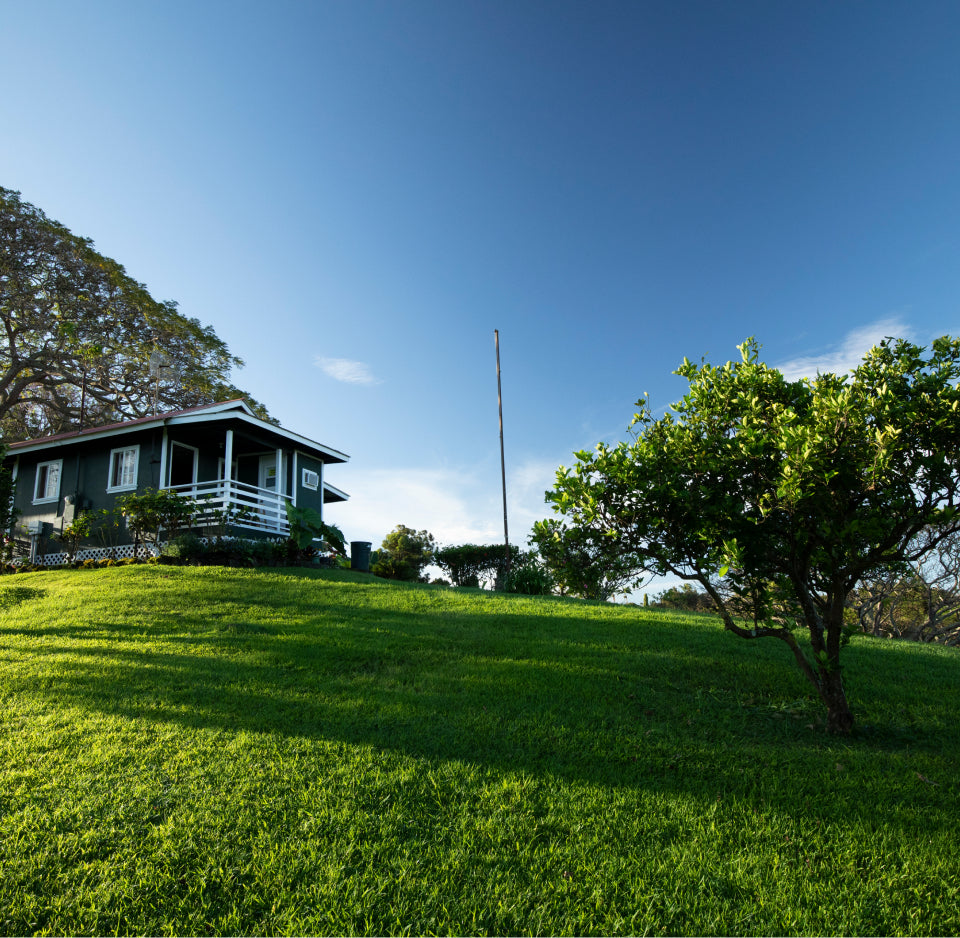
The industry may move toward a French style appellation system, or certification to denote coffee’s place of origin, quality and style in the future, but for now it is up to the consumer to understand all of the subtle and complex differences in the world of Hawaiian-grown coffee. The ability for farmers to send their freshly roasted coffee around the world directly to the consumer has started a new chapter in the ongoing story of 100% Kona Coffee.

Continuing Your
Kona Coffee Education
The story of Kona Coffee to which you just read a bit of is always in transition. It is an ongoing tale of a local agricultural crop that earned a global reputation. As the specialty coffee movement continues to grow and we as consumers continue to meet new varieties and origins of coffee, there is some pressure on us to be better consumers.
Specialty Coffee Association (SCA) data says that currently the “at-home” coffee market in the United States is worth around 17 billion dollars and the “away-from-home” coffee market is worth around 71 billion.
Within the “at-home” market, only 1 billion is represented by whole bean coffee drinkers. Meanwhile, 16 billion dollars a year is spent on ground coffee and half of that is in individual coffee pods. SCA concludes that most Americans still prefer low cost and convenience to quality and caffeine to flavor, and don’t yet have an appreciation for what makes specialty coffee so different.
With that, there is a growing surge in awareness for one of the world’s most-consumed beverages. We as consumers need to have a better understanding of the nuances in the products we see. There is still a long way to go, but if you love a good cup of coffee, please spend a few hours Googling and YouTubing your way into a new understanding.
RECOMMENDATIONS FOR SEARCHES INCLUDE THE FOLLOWING:
How to make a great cup of coffee?
What makes specialty coffee special?
How does roasting affect coffee?
Different ways to extract coffee
The complexities of caffeine in coffee
These 5 topics will lead you down a path that will revolutionize your interactions with coffee. The beneficiary, of course, will be you! What we’ve found at Greenwell Farms is that rather than trying to “sell” 100% Kona Coffee, we give people the space and opportunity to learn about the complexities of specialty coffee and draw their own conclusions. Eventually, on a journey of discovery into the best coffee this world has to offer, your path will lead to Kona. And if it does, we hope it leads you to a complimentary tour of Greenwell Farms!